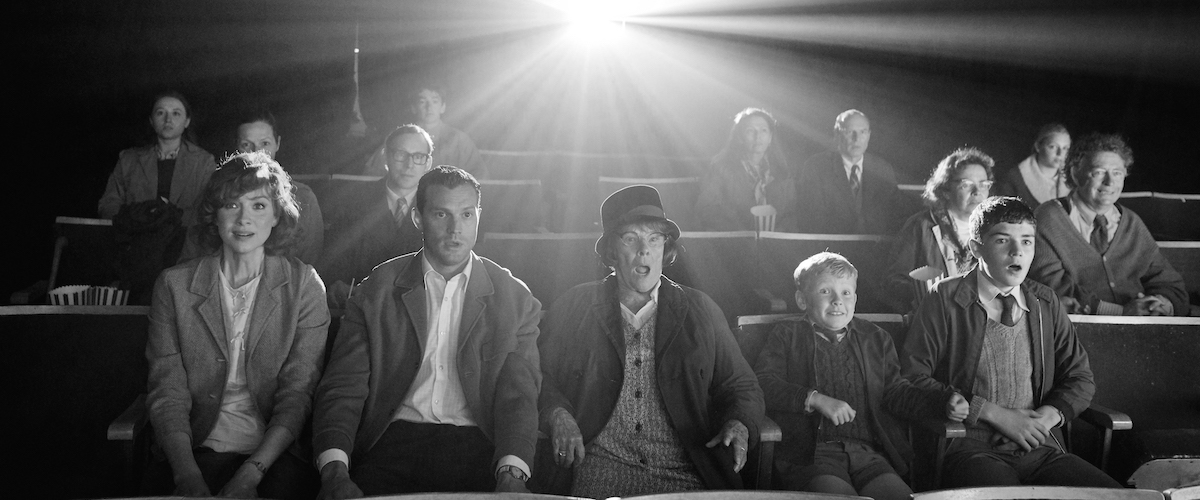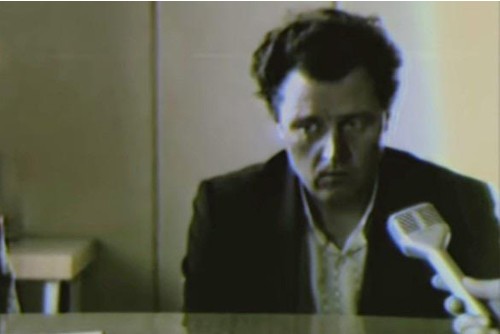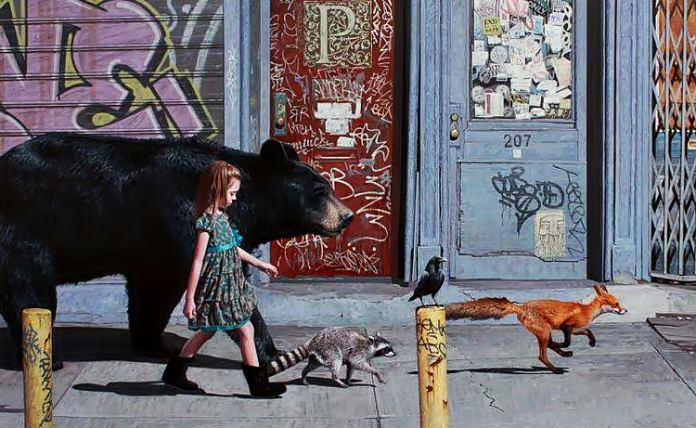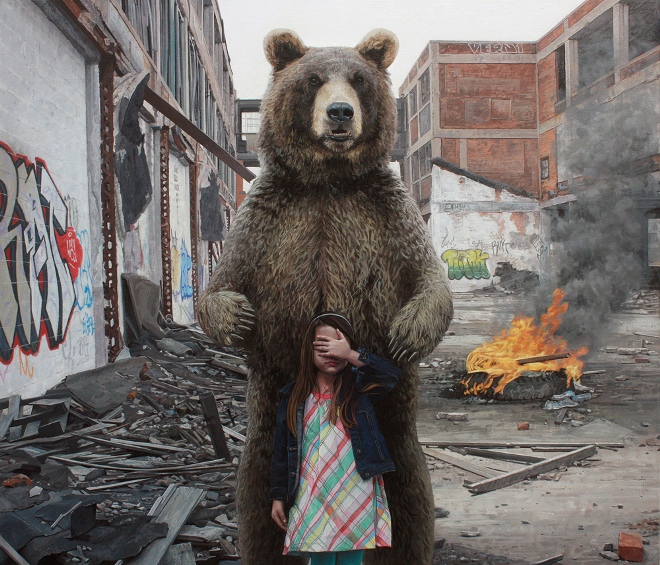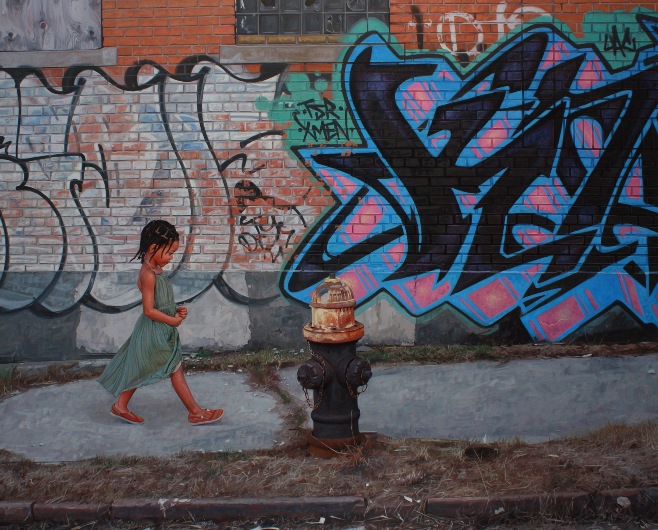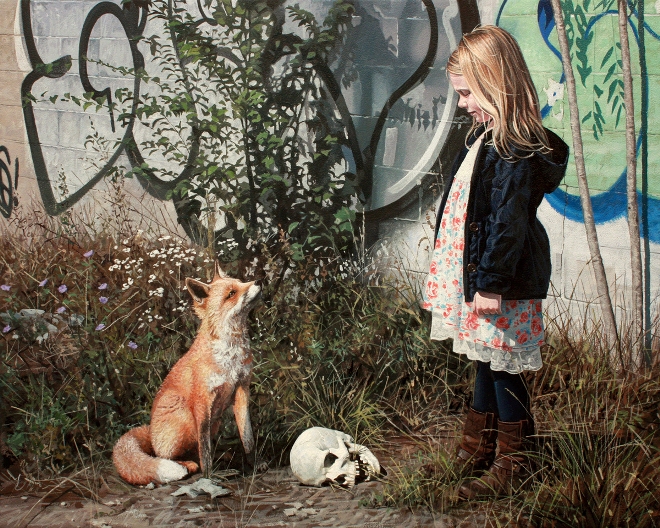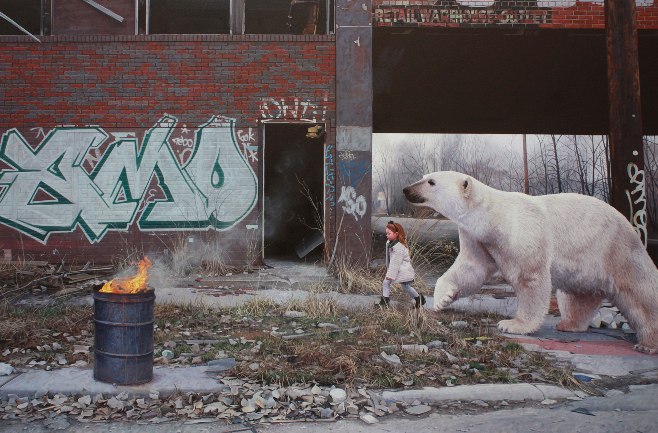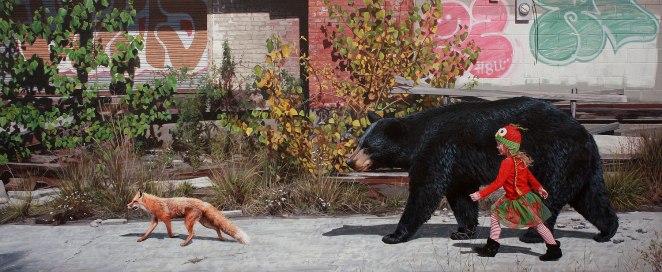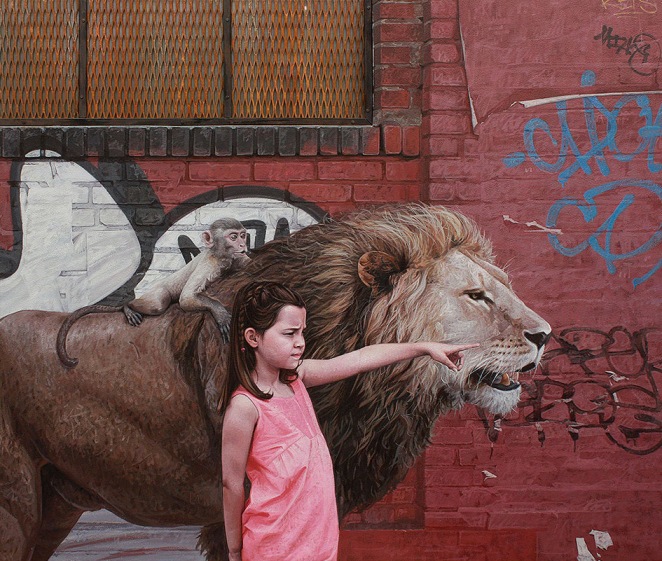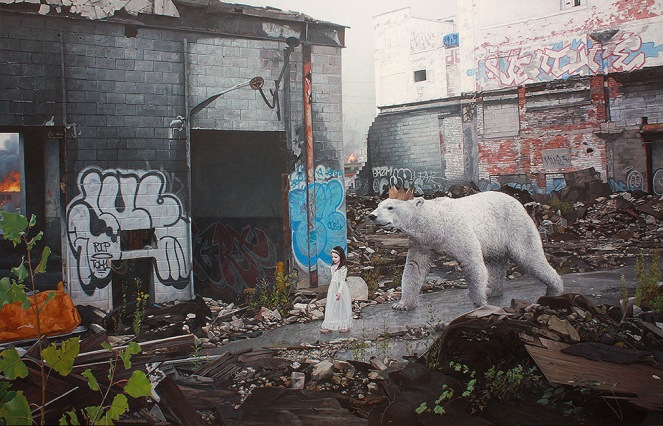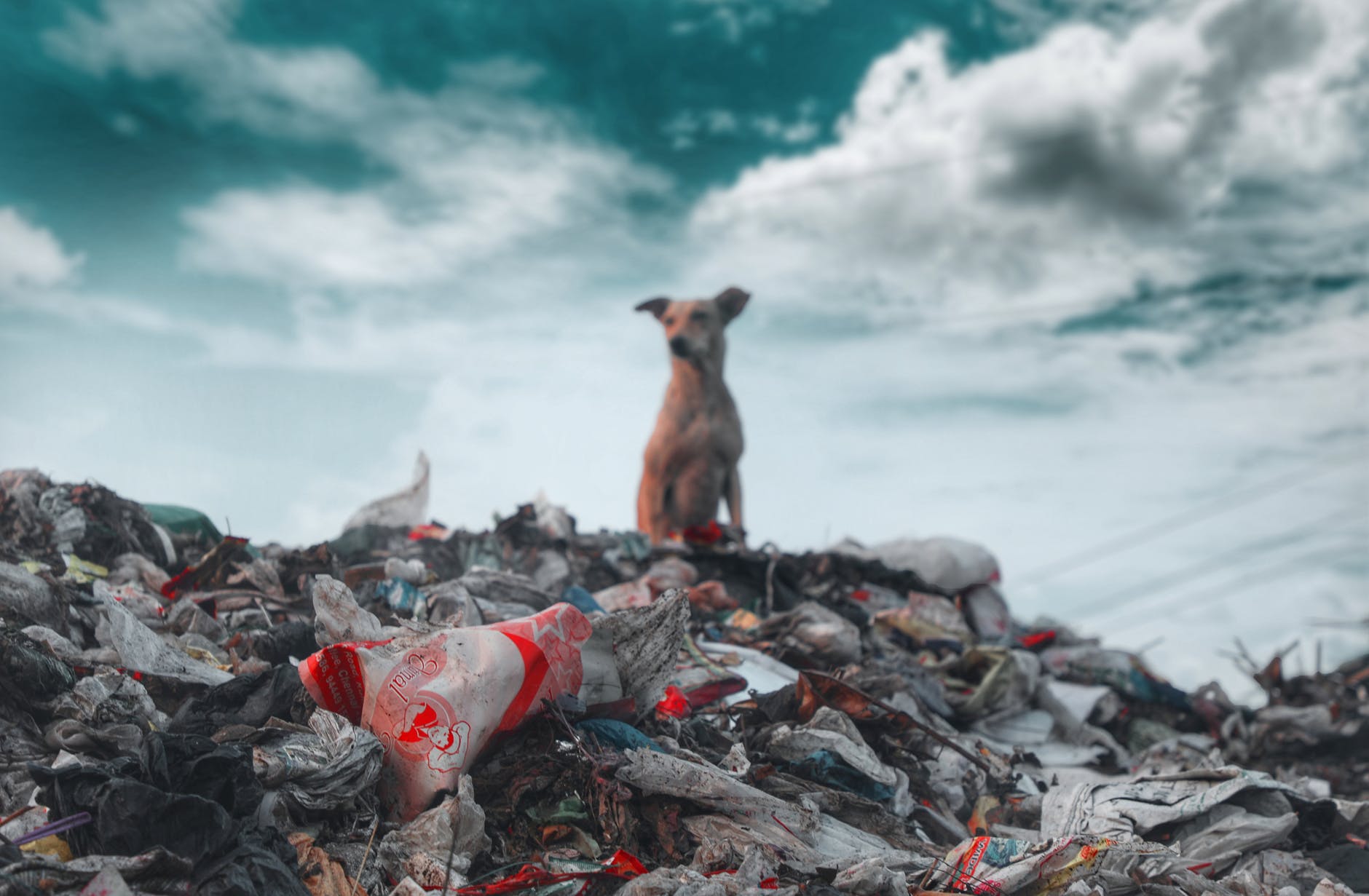PJ Harvey is a singer-songwriter whose genre of music is hard to describe in one word. In her earlier albums and the most recent one, I Inside the Old Year Dying, released after a 7-year hiatus, she has experimented with a wide range of music: from trip-hop, punk and heavy metal to ballads and blues. PJ Harvey’s originality and innovation have earned the singer great acclaim.
Polly Jean Harvey is originally from Dorset, England. She learned to play guitar and saxophone as a child. PJ Harvey’s career spans many fields: despite being a singer and multi-instrumentalist playing many musical instruments, she is also an actress, performer, poet, and sculptor. A performer who has been working for more than three decades and who is renowned for her avant-garde style, theatrical performances, and constant changes, she never ceases to amaze her audience, creating something new and unexpected each time.

Harvey began her musical career at the age of 19, joining the Bristol-based band Automatic Dlamini in 1988. Harvey played guitar, saxophone and was a backing vocalist. While playing in the band, she also developed a strong friendship with her long-time collaborator John Parish, with whom she still works to this today. After gaining experience, Harvey left the band in 1991 and formed her own band under the name PJ Harvey.
Although PJ Harvey is now known as a solo artist, the name originally referred to a three-piece band in which Harvey was the vocalist and guitarist. Together with drummer Robert Ellis and bassist Stephen Vaughan, the band released their debut album Dry in 1992. Although the band’s first concerts were not a success, with the single “Dress” the band’s profile began to grow. PJ Harvey later released a second album entitled Rid of Me. PJ Harvey’s band at the time was making hard rock, punk rock music with blues elements. After three years of existence, during a musical tour of America, the group had internal disagreements and the trio disbanded in 1994, while Polly J. Harvey kept the name and continued her musical career as a solo artist.
In 1995 she released To Bring You My Love, her first album as a solo artist. On this album, she experimented with new styles and instruments, including strings, organs, and more blues elements. She also experimented with her image. Black leather clothes were replaced by dresses and bright make-up. Each album was like a new era, with a new style of music, image, and themes. That’s why with each album listeners never know what to expect next.
“When I make a new record, the most important thing for me is not to repeat myself. That’s my goal: to discover something new and challenge myself. Because I’m in music to learn,” she told Rolling Stones magazine.
PJ Harvey’s songs are known for their original and frank lyrics. She writes about love, loss, pop culture, hedonistic lifestyles, or political themes. According to the singer herself, she draws inspiration for her lyrics from her surroundings. In an interview with The Guardian, PJ Harvey said that she is “deeply touched” by what is happening in the world and “feels compelled to write about it”. She has released songs about World War I, various social issues and Shaker Aamer, a British man held in Guantanamo prison. While writing, she also traveled to the places she wrote about, interviewed people, and read soldiers’ stories.
After her 2016 album The Hope Six Demolition Project and the musical tour that followed, PJ Harvey said she was unsure whether she wanted to continue her music career. She said she was tired and exhausted, and quit music altogether after the tour. During her break, she wrote a book called Orlam. This book, written in the Dorset dialect of her hometown, and a longing for music inspired PJ Harvey to write her new tenth album, I Inside the Old Year Dying. In the album, the singer has turned twelve Orlam poems into songs.
The new album, in her own words, offers “a space of rest and solace; something that is very important in the times we live in”. Unlike her recent albums, where she sings about political issues and wars, I Inside the Old Year Dying sees PJ Harvey return to intimate and personal themes. She says the new album is “a comforting space filled with sadness and loss, but also with love”.
In addition to her own music and ten albums, PJ Harvey has collaborated and written music with other artists. She has released songs with Nick Cave & The Bad Seeds, Mark Lanegan, Marianne Faithfull, long-time friend John Parish and others. She has also been asked to write songs for plays, films, and TV series. PJ Harvey has also published two poetry books.
PJ Harvey’s music has evolved and changed over a career spanning more than three decades, but her fluid, adventurous style has won her a large fan base and worldwide recognition. PJ Harvey is the only music artist to have won two Mercury Prizes. She has also been nominated for five Grammy Awards.















